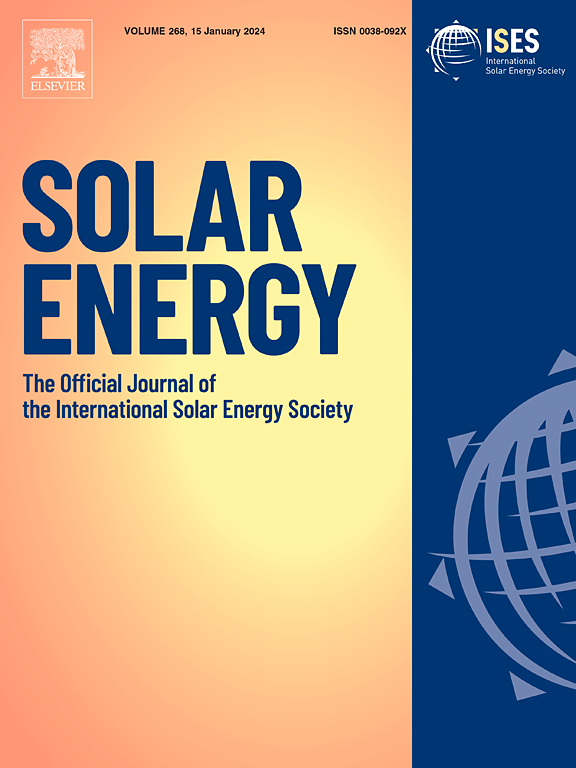Experimental and numerical assessments of a photovoltaic thermal collector equipped with newly configured cooling methods using PCM/CFM
Abstract
Thermal management and efficiency optimization are crucial for improving photovoltaic thermal (PVT) system performance. This study investigated both numerically and experimentally, the performance of a newly designed PVT module enhanced by integrating phase change material (PCM) with metal foam. The PVT module operating with Copper Foam Matrix (CFM) plus PCM as a heat sink was evaluated across various input operating parameters. The experimental results were used to validate a numerical model, enabling the prediction of thermal behavior and system efficiency under various conditions. The key parameters examined were PCM type and metal foam geometry along with their effects on heat transfer, operating temperature regulation, and combined electrical-thermal efficiency. The numerical optimization indicated that thermal conductivity and latent heat storage capacity of the PCM-CFM composite could be readily tuned to maximize collector efficiency for given ambient conditions. Comparative analyses reveal that the inclusion of a CFM alongside PCM significantly boosts the thermal efficiency, achieving up to 72.74% under optimal conditions, a notable improvement from PCM-only configurations. Additionally, this hybrid setup demonstrated a peak electrical efficiency increase to 10.74%, underscoring the synergy between thermal management and electrical performance enhancements. The study provides new insights into structure-performance relations in PVTs with direct policy implications for technology development and deployment. The combined experimental and modeling approach enables reliable PVT performance predictions for real-world operating constraints.

| 公司名称 | 产品信息 | 采购帮参考价格 |
|---|
 求助内容:
求助内容: 应助结果提醒方式:
应助结果提醒方式:


